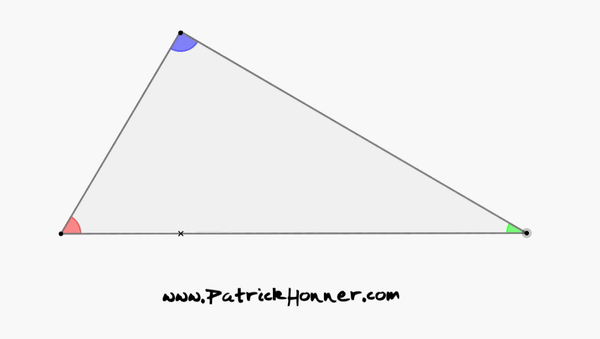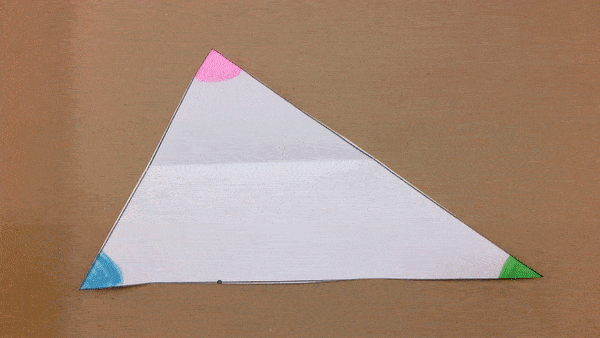Teachers have great power to impact their students, yet so much depends on factors beyond their control. This is one of the many tensions of teaching.
In my first year as a teacher I noticed some students didn’t bring pencils to class. I was dumbfounded. “How are you going to do math without something to write with?” was my naive reaction. Later I realized the more pressing question was “How am I going to teach math if I can’t rely on kids bringing pencils?”
As a public school teacher you become acutely aware of what you rely on. Even the best schools I’ve worked at would run out of paper, or chalk, or chairs. Working hard only to have your plans derailed by something beyond your control really stings.
All of this has shaped my approach to teaching with technology. In many ways I’m a very technology-positive teacher: I was an early adopter of tools like Desmos, Geogebra, and Scratch. But I’ve been reluctant to grow too dependent on technology in my teaching. I’ve had Smartboards for years, but never prepared slides; I’ve had laptop carts, but designed lessons that required internet access sparingly. It’s a very real possibility that I’ll show up to school and the Smartboard or wifi just won’t work. With so much beyond my control, it’s often easier to just avoid the risk.
One of my frustrations in the current remote/hybrid landscape is that I can no longer avoid that risk. Every single moment of my teaching now depends on multiple technologies functioning properly. And teaching well requires not only that they function, but that they and I function together smoothly. Now I find myself depending on a Smartboard and Google Classroom and Zoom and so much more. And I have to learn them all while trying to figure out how to turn a video conference into math class. It’s a bit overwhelming on the best of days. And then my laptop speakers decide to stop working.
There’s a minimalism to teaching and learning math that I’ve always loved. With just a pencil and paper I can become a mathematician. With just one good question I can launch a math class. But now there’s a lot more I have to rely on, and plan for. And it’s all beyond my control.
Related Posts


